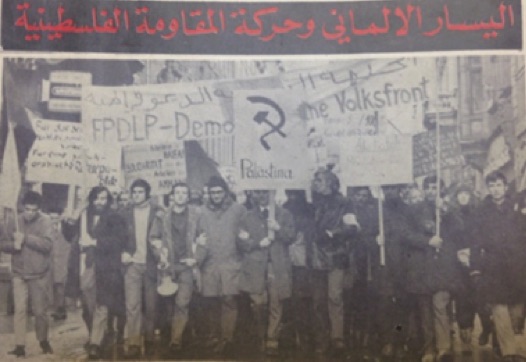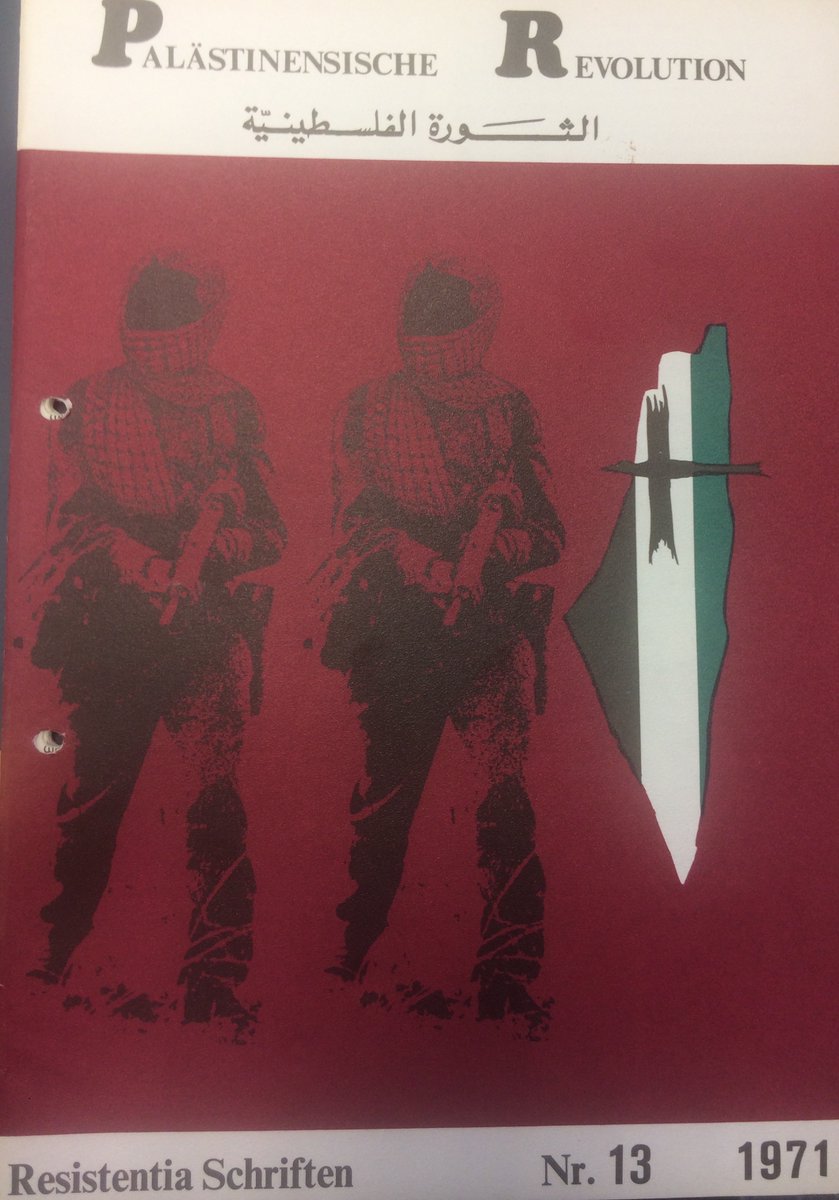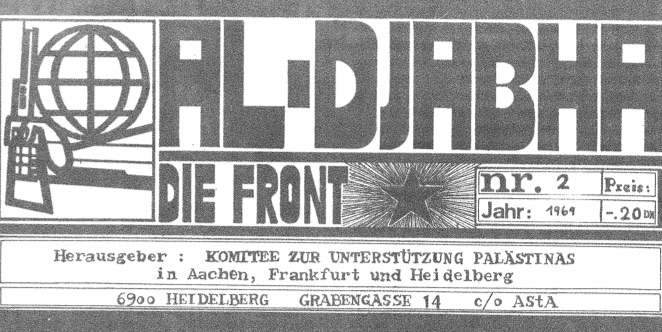On my third day as the host of @Tweetistorian, I will tweet about how the relationship between Palestinians and the radical left in W-Germany changed after the Six-Day War. 1/16
Until 1967, the left in W-Germany was largely supportive of Israel. Reflections on Germany’s historical responsibility and criticism of the conservative government’s failure to build diplomatic relations with Israel were important elements of leftist discourse. 2/16
In 1967, a split emerged between older leftists, like Helmut Gollwitzer, who called for a continued support of Israel, and members of the student movement, who increasingly turned towards anti-Zionism. Parts of the radical left also adopted antisemitic slogans and violence. 3/16
A famous example for this is Dieter Kunzelmann who was involved in the failed bomb attack on the Jewish Community Center in W-Berlin on November 9, 1969 – the same day that Germans had committed the November Pogroms against Jews 31 years earlier. https://en.wikipedia.org/wiki/Tupamaros_West-Berlin 4/16
At the same time, the emerging solidarity movement with Palestinians was highly heterogeneous with at times competing solidarity committees in different cities. How can we explain the rise of different expressions of solidarity after 1967? 5/16
Palestinian sources illustrate that one possible answer lies in the involvement of the Palestinian diaspora in this dynamic. After 1967, Palestinians increasingly started to reach out to a German-speaking audience and distribute texts on Palestinian politics. 6/16
In Frankfurt, a group around Abdallah Frangi that was closely tied to Fatah began to publish the magazine “Resistentia Schriften”. 7/16
In Heidelberg, the periodical “al-Djabha – die Front” started to appear. These publications show how much the solidarity movement could build on intellectual affinities that had begun to develop prior to the Six-Day War. 8/16
Palestinian and German leftists shared various references from Frantz Fanon’s “The Damned of the Earth” to the centrality of Vietnam to Lenin’s “What Is to Be Done?”. 9/16
This fascinating edited volume sheds light on the dynamics of translation behind such shared references as well as the different incarnations of these texts in different languages. It includes chapters on Fanon in Arabic and German. https://www.routledge.com/Translating-Frantz-Fanon-Across-Continents-and-Languages/Batchelor-Harding/p/book/9780367365738#.XxgJ5yHOSo0.twitter 10/16
Sources in German and Arabic also show that the ties that developed were locally specific. The Heidelberg-based “al-Djabha” detailed positions of the “Democratic Front for the Liberation of Palestine” and at times translated texts from the DFLP’s “al-Hurriya” into German. 11/16
In turn, an Arabic readership could find information on the solidarity movement in Heidelberg on the pages of the Beirut-based “al-Hurriya.” We find similar dynamics in the links of Fatah and the PFLP to W-Germany. 12/16
On the topic of local specificities: Zarin Aschrafi has recently published a captivating article in German on pro-Palestinian activists and Jewish students in Frankfurt. 13/16 https://zeithistorische-forschungen.de/3-2019/5789
One of the reasons for specificities was the role that Palestinians played in the spread of pro-Palestinian publications. As students like Abdallah Frangi were aligned with particular Palestinian groups, they advanced these groups’ arguments in their cities. 14/16
In this way, the involvement of the Palestinian diaspora not only helps to explain the rise of the solidarity movement in W-Germany, but also its composition and at times highly local character. 15/16
While the years from 1967 to 1969 represent the emergence of the solidarity movement, the time from 1969 to 1975 was marked by attacks, burgeoning discussions about political violence, and deportations – which will be the topic of tomorrow’s thread. 16/16~jbp

 Read on Twitter
Read on Twitter




